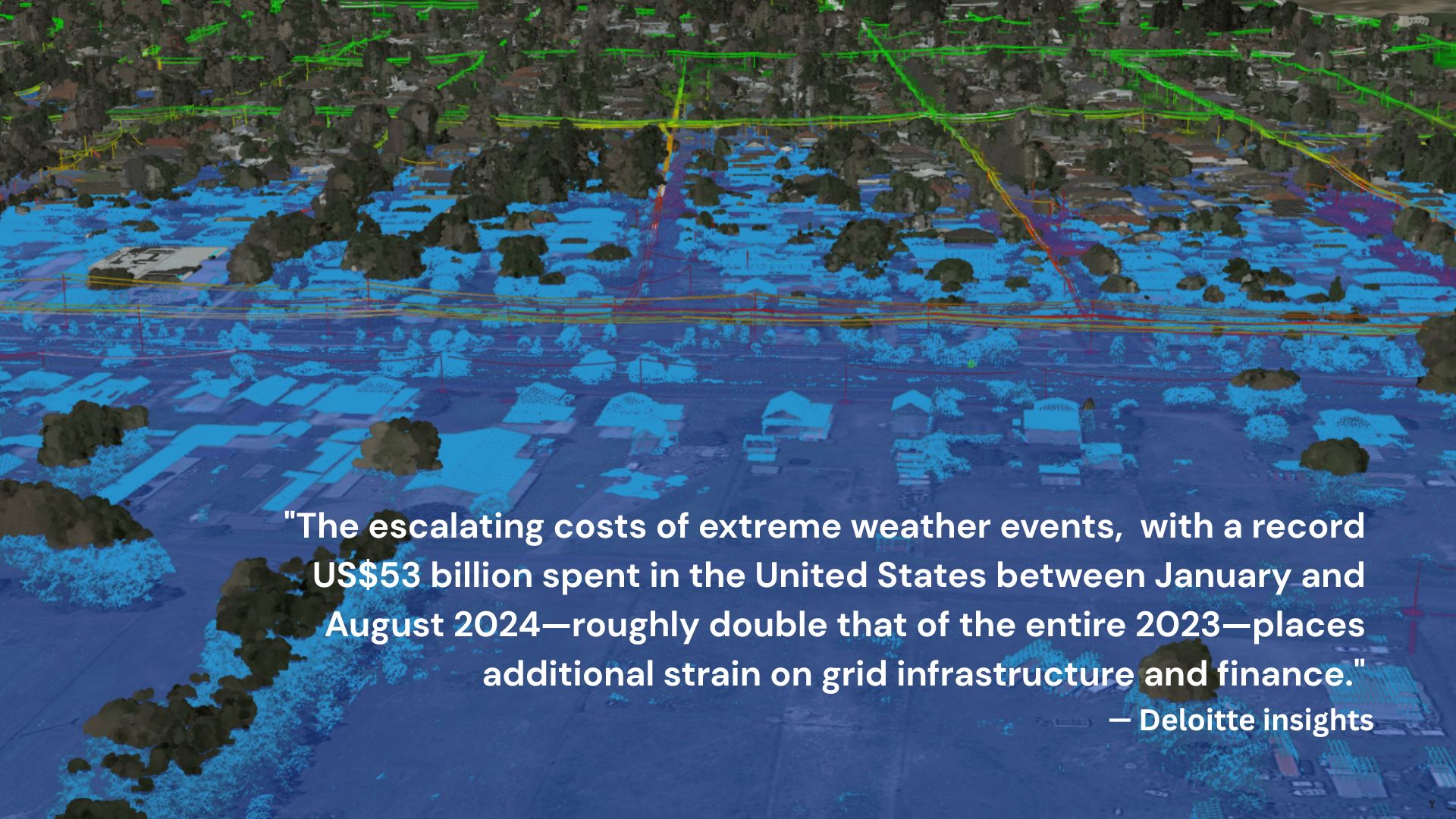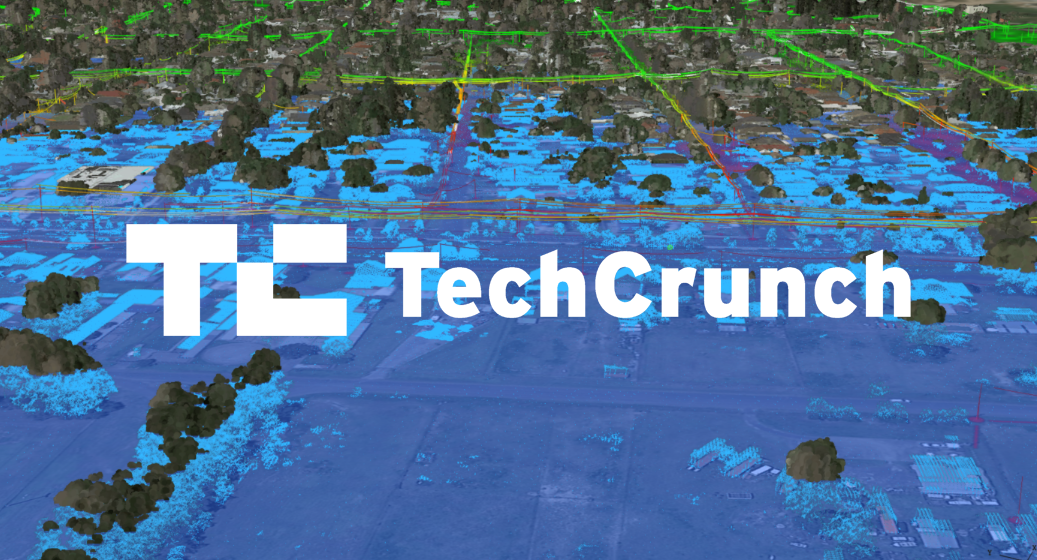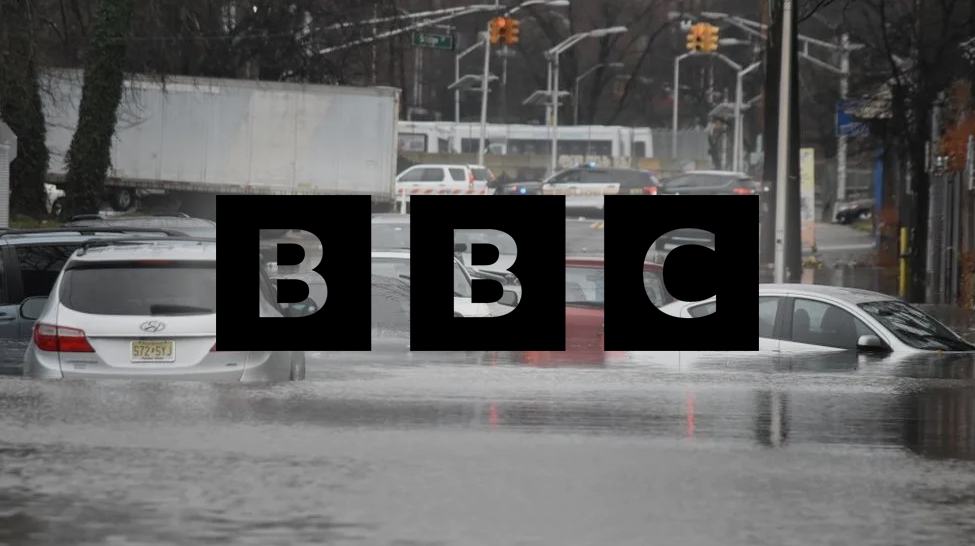Neara’s Privacy Policy
GENERAL PROVISIONS
1 THE NEARA GROUP
Neara is committed to protecting your privacy. This privacy policy applies to Linesoft Pty Ltd t/a Neara ABN 84 606 633 443 of 7 Hudson Street, Redfern NSW 2016 as well its international subsidiaries Neara Software LLC and Neara Software UAB (each a Neara Group Company and together Neara, we, our, us).
This policy (Privacy Policy) sets out how we manage your Personal Information. In particular, this Privacy Policy sets out how we will manage any Personal Information that is collected, handled or disclosed in connection with:
▪ the Neara Platform;
▪ the Neara Self Service Administration Portal;
▪ the Neara Website;
▪ our subsidiaries and affiliates; and
▪ our third party suppliers and service providers.
2 PERSONAL INFORMATION AND SENSITIVE INFORMATION
Personal Information is defined in the Privacy Act 1988 (Cth) (Privacy Act) to mean information or an opinion about an identified individual, or an individual who is reasonably identifiable:
▪ whether the information or opinion is true or not; and
▪ whether the information or opinion is recorded in a material form or not.
Types of information that may constitute Personal Information include names, email addresses and phone numbers.
Sensitive Information is defined in the Privacy Act to mean:
▪ information or an opinion about an individual’s: (i) racial or ethnic origin; (ii) political opinions; or (iii) membership of a political association; or (iv) religious beliefs or affiliations; (v) philosophical beliefs; or (vi) membership of a professional or trade association; or (vii) membership of a trade union; or (viii) sexual orientation or practices; or (ix) criminal record, that is also personal information;
▪ health information about an individual;
▪ genetic information about an individual that is not otherwise health information;
▪ biometric information that is to be used for the purpose of automated biometric verification or biometric identification; or
▪ biometric templates.
Neara does not collect, handle or disclose your Sensitive Information under this policy. In very limited circumstances, Neara may collect, handle or disclose the Sensitive Information of its employees, contractors or job applicants. Such collection, handling and/or disclosure is regulated by separate policies.
3 COLLECTING AND HOLDING YOUR PERSONAL INFORMATION
3.1 CATEGORIES OF PERSONAL INFORMATION THAT WE COLLECT AND HOLD
We may collect and hold different categories of your Personal Information, which we have grouped together as follows:
▪ Contact Information: includes your name, email, phone number and address;
▪ Transaction Information: includes details about payments to and from you, and other details of products and services you have purchased from and sold to us;
▪ Payment Information: includes credit card information and billing addresses;
▪ Technical Information: includes Neara usernames and passwords, internet protocol (IP) addresses, login data, browser type, time zone setting and location, third party access tokens and other technology on the devices you use to access the Neara Platform or the Neara Self Service Administration Portal or any other internal websites, applications or intranets (Internal Applications) (if applicable).
▪ Usage Information: includes information about how you use the Neara Platform, the Neara Self Service Administration Portal or any Internal Applications (if applicable).
3.2 DIRECT COLLECTION
We will collect Personal Information directly from you wherever it is reasonable and practicable to do so. This may be by correspondence, or use of either the Neara Platform or the Neara Self Service Administration Portal, by telephone, by email, via our website, from your website, from media and publications, from your response to any surveys or marketing materials we send out, or from other publicly available sources.
3.3 INDIRECT COLLECTION
In some circumstances a Neara Group Company may be provided with information by third parties or by another Neara Group Company.
3.4 HOLDING YOUR PERSONAL INFORMATION
We generally hold Personal Information in electronic format, which we store either within our own internal systems and applications, or using third parties such as cloud service providers. We summarise the security of your personal information below.
4 PURPOSES OF COLLECTION, HOLDING, USE AND DISCLOSURE
We collect, hold, use and disclose your personal information for a variety of reasons, including the most common circumstances listed below:
▪ providing and marketing our services to you;
▪ providing information to our customers;
▪ to assess the performance of the Neara Platform, the Neara Self Service Administration Portal, or the Neara Website and to improve the services we provide in relation to each;
▪ to process and respond to a complaint, help ticket or request made by you;
▪ for purposes related to direct marketing (see section 7 of this policy for more details);
▪ for purposes necessary for the performance of a contract to which you are a party, or which the entity that engages you (for example, your employer or contracting entity) is a party;
▪ for the administration of our business and the business of our subsidiaries and other affiliated companies (including fulfilling and exercising our obligations and rights, exercising or defending legal claims and managing the relationship with you); or
▪ where it is necessary to meet our obligations at law.
You may unsubscribe from our mailing or marketing lists at any time by contacting us in writing.
5 DISCLOSURE OF PERSONAL INFORMATION
We may disclose your Personal Information amongst Neara Group Companies and our affiliated companies as well as to third parties or where required by law.
Your Personal Information may be disclosed in a number of circumstances including the following:
▪ to technology partners, service providers or suppliers in connection with services that these third parties perform for us;
▪ our lawyers, insurance providers and brokers, accountants and other professional advisers;
▪ our agents and contractors;
▪ where required or authorised by law; and
▪ to entities in the event to sell or transfer (or propose to sell or transfer) all or a portion of our business, equity interests or assets, in which case we will use reasonable commercial efforts to require that the transferee uses the Personal Information you have provided to us in a manner that is consistent with this policy.
We may transfer your Personal Information to New Zealand, the United Kingdom, European Union, Pakistan, India, United States and Canada, and to other countries in which we do business. We may also subcontract certain activities and share your Personal Information with third parties located in countries outside of Australia. The countries in which these organisations are located will vary, but we generally disclose Personal Information to organisations located in Pakistan and India. Such transfers are made in order to provide the services and carry out the activities specified in this policy.
6 CONSEQUENCES OF NO COLLECTION
If you do not provide us with the Personal Information that we require, some or all of the following may occur:
▪ we or any involved third parties may not be able to provide the relevant services or products;
▪ you may not be able to use the Neara Platform, the Neara Self Service Administration Portal, or the Neara Website; and
▪ we may not be able to provide you with targeted content or relevant information.
7 DIRECT MARKETING
We may provide you with electronic marketing messages from time to time. You may opt out of receiving electronic messages from us at any time by contacting our Privacy Officer via the contact details at the end of this policy, or by using the opt out mechanism included in our electronic marketing messages.
8 SECURITY OF PERSONAL INFORMATION
We have put in place appropriate security measures to prevent your Personal Information from being accidentally lost, used or accessed in an unauthorised way, altered or disclosed. In addition, we also take steps that are reasonable in the circumstances to protect your Personal Information from misuse, interference, loss, unauthorised access, modification or disclosure. We have put in place procedures to deal with any suspected Personal Information breach and will notify you and any applicable regulator of a breach where we are required to do so. When your Personal Information is no longer needed for the purpose for which it was obtained, we will take reasonable steps to destroy or permanently de-identify your personal information.
9 UPDATES AND ACCESS TO YOUR PERSONAL INFORMATION
We take reasonable steps to ensure that the Personal Information we handle is accurate, complete and up-to-date. If you become aware of any errors in your Personal Information held by us or if you require any changes, please contact our Privacy Officer to seek any such correction or change.
You can request access to any Personal Information we hold about you at any time. From time to time, we may need to reject your request to access Personal Information we hold about you, if we believe it to be necessary and to the extent required by law. To request access to any Personal Information that we may hold about you, please contact our Privacy Officer using the contact details set out at the end of this policy. Depending on your access request and where permitted by law, we may charge a small fee for complying with your request. In order to protect your Personal Information we may require identification from you before releasing the requested information.
10 UPDATES TO PRIVACY POLICY
This Privacy Policy may change from time to time, and it is therefore important that you review it regularly. Any change to this Privacy Policy will become effective when we publish the revised Privacy Policy on our website or otherwise make it available to you.
11 INTEGRATIONS
From time to time we may provide links or mechanics to interface with other applications or websites for your information or convenience, or to offer integrated services with other service or data providers. These applications or websites may be subject to alternative terms of use, including terms concerning your Personal Information. We have not reviewed these third party applications or sites and do not control, and are not responsible for these applications, sites or their content or privacy practices.
12 COOKIES
Our website may contain cookies from time to time. Cookies are a small file that is stored on your device by a website. Cookies contain information which is readable by the website that issued the cookie to you and is commonly used to remember your details and preferences when you return to that website. If you set up your web browser to reject cookies certain functions on the Neara Website may become unavailable to you.
13 COMPLAINTS
We take your privacy concerns seriously. If you have a complaint regarding our handling of your Personal Information (including a suspected breach of any privacy law) or concerning our privacy practices more generally, you may file a complaint with our Privacy Officer using the contact details set out at the end of this policy. If our Privacy Officer believes an investigation is necessary, we will open an investigation into your complaint. Our Privacy Officer may need to contact you to request further details of your complaint. If an investigation has been opened following a complaint made by you, our Privacy Officer will contact you with the result of that complaint as soon as possible.
If we are unable to resolve your complaint to your satisfaction, you may refer your complaint to the Office of the Australian Information Commissioner at www.oaic.gov.au.
14 CONTACT AND COMPLAINTS
If you have any queries or complaints about our Privacy Policy please contact our Privacy Officer at:
Attn: Chief Risk Officer
Level 1, 7 Hudson Street
REDFERN NSW 2016
Email: info@neara.com
KARAMVIR SINGH
CHIEF PRODUCT OFFICER / CHIEF RISK OFFICER






